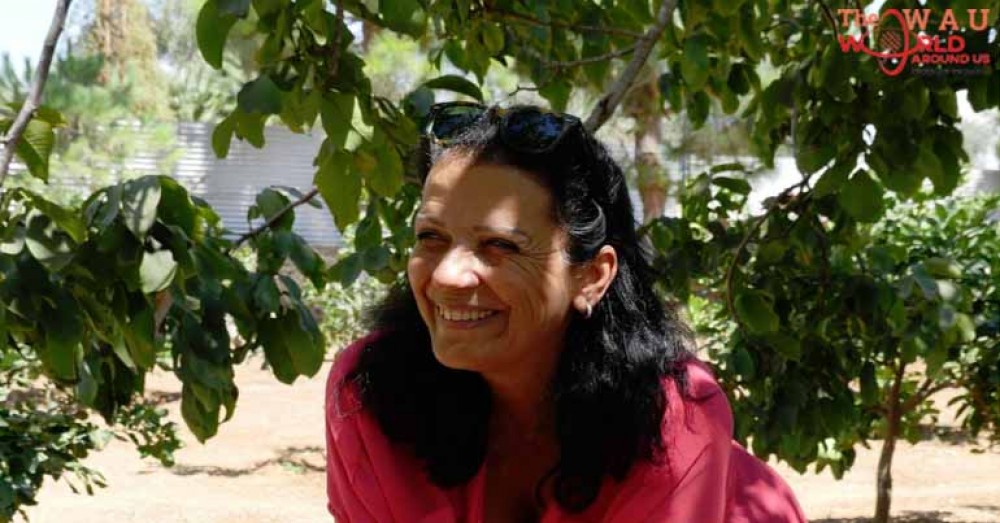Thursday marks the International Day of the Disappeared, here's one woman's heartbreaking story that says so much about a whole nation's struggle...
On May 25, 1985, Gladys Saab was waiting for her husband to collect her and their five-day-old daughter Nathalie from hospital in the Lebanese coastal city of Saida. Elias left their home in Jinjlaya, a small village in the mountains nearby, but he never arrived at the hospital. Gladys never saw him again. More than 33 years after her husband’s disappearance, she is still waiting, hoping for a clue that will put an end to decades of uncertainty.
Elias Saab was one of an estimated 17,000 people who were kidnapped or went missing between 1975 and 1990, during the Lebanese Civil War. An employee of the Lebanese Electricity Company in Saida, he was a devoted family man, recalls Gladys, who was 22 when he disappeared, leaving her to raise Nathalie and her 18-month-old sister Nancy alone. “He is kind. He’s a handsome guy,” she says. She speaks as though Elias is still the man of 35, however, if he came home today, would be 68 years old. “He loves people, he loves life. He loves the girls. He was very generous, he gave a lot of himself.”

Gladys and Elias Saab on their wedding day in 1981, four years before he disappeared
Sitting in the garden of the house in Jinjlaya where she and Elias laid the foundation stone six months before his disappearance, flanked by her adult daughters, Gladys recalls how she worked as a teacher to support her family, spending a dangerous year travelling around the south of Lebanon in her spare moments searching for news of her husband.
Eventually, the family moved, first to Jezzine and then to Beirut. It wasn’t until the conflict ended that Gladys returned to Jinjlaya to complete the home she had begun building with her husband. Finished according to Elias’ vision, the two-storey building is set amid farmland where Gladys and her daughters grow olives, fruit, herbs and vegetables.

...[ Continue to next page ]
Share This Post














